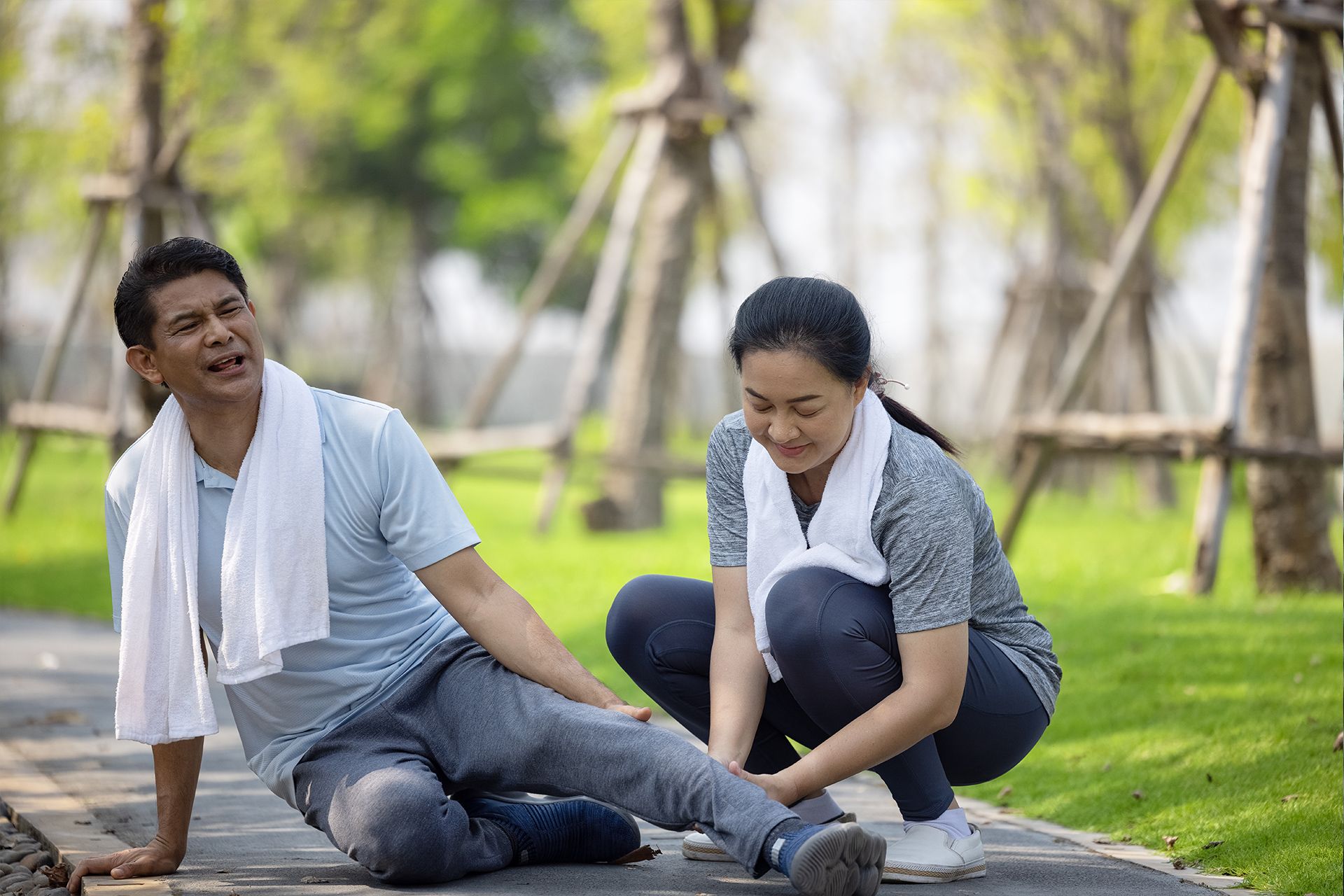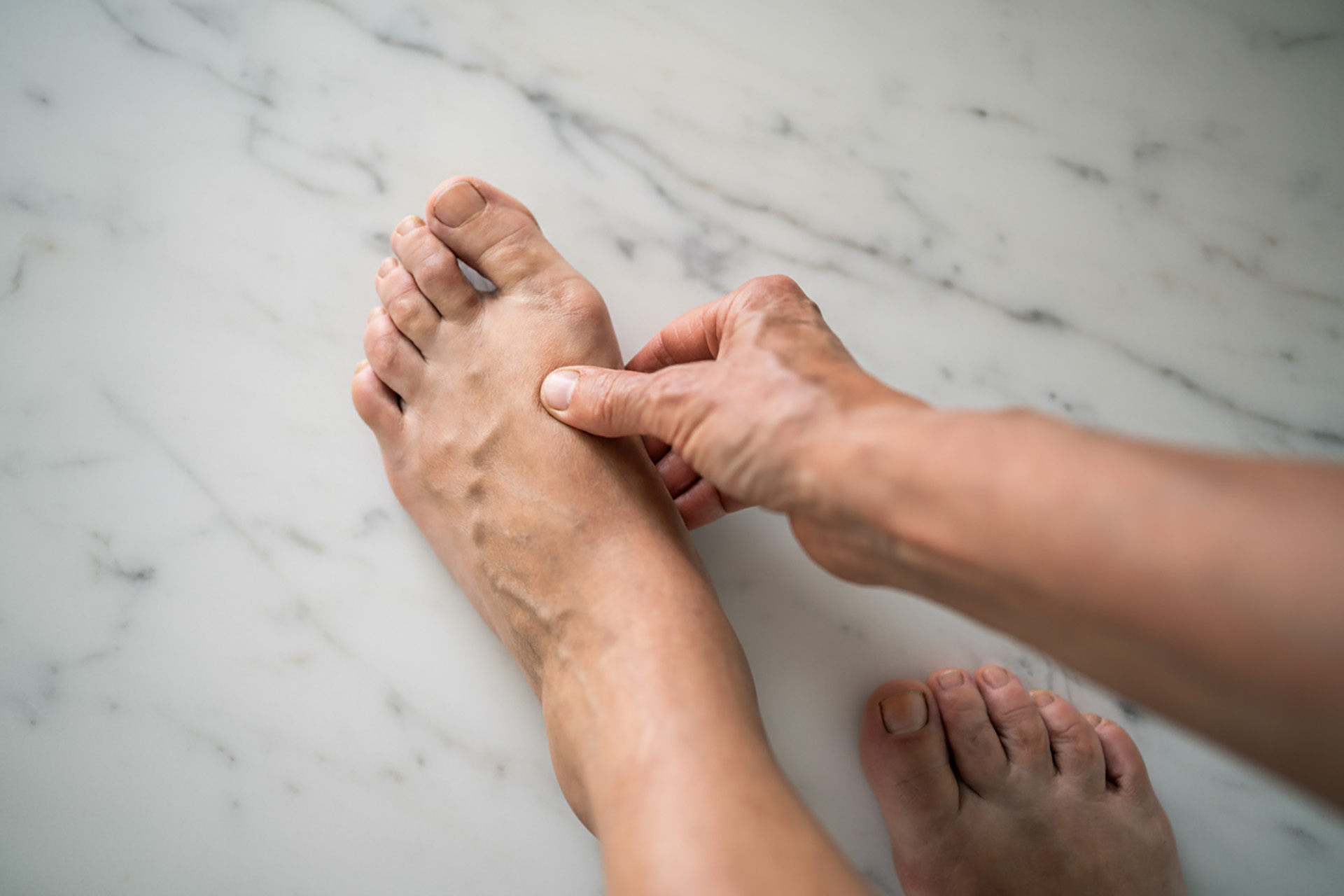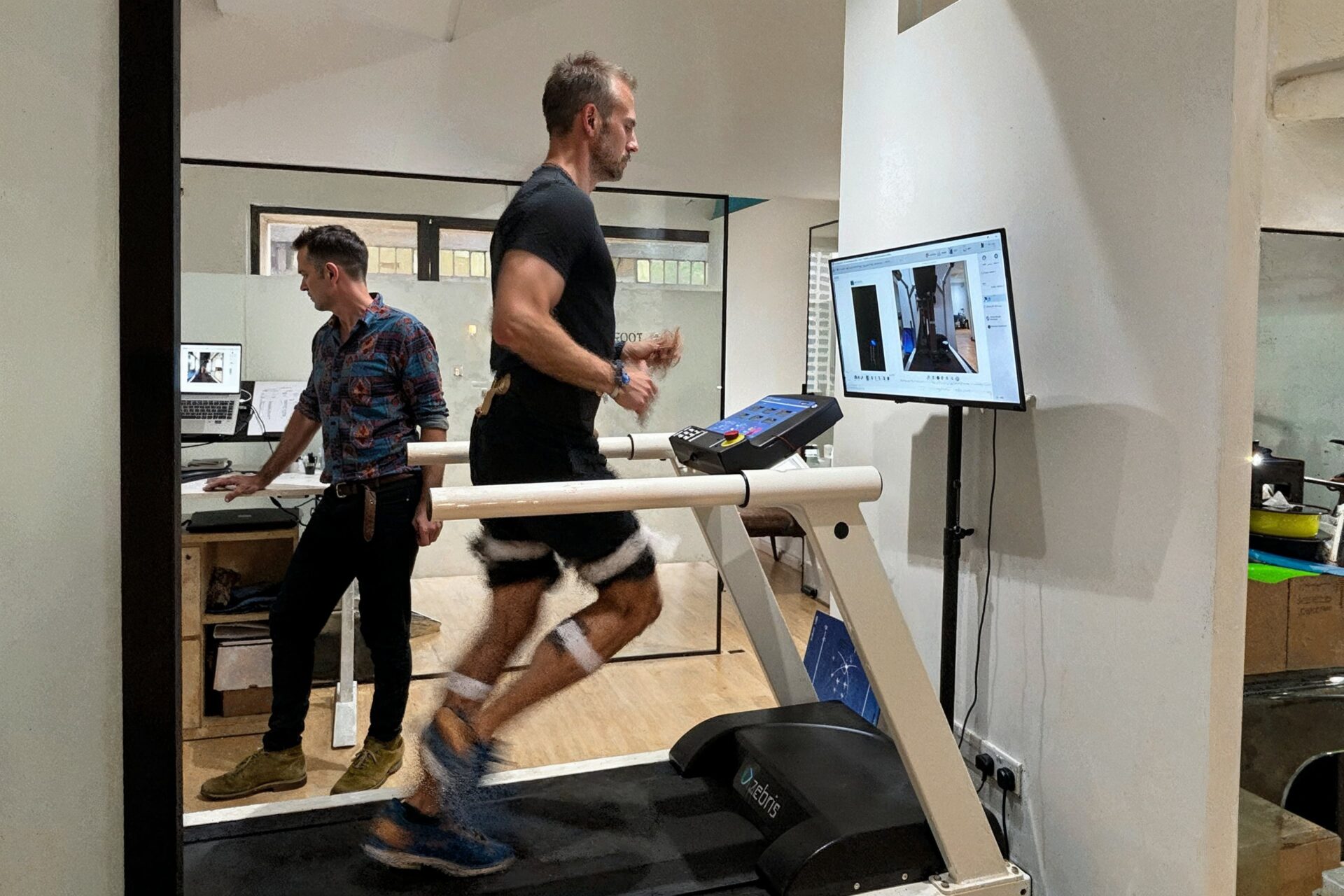Niggling Ankle Pain and Injuries
What we do know is that an ankle injury is a persistent injury. One study found that the most common factor among athletes with ankle injuries is that they have had residual symptoms from a prior ankle injury or sprain [1]. This means the vicious cycle of ankle instability can lead to more severe and prolonged ankle instability, especially for sports players who are jumping, sprinting, or leaping.
Having a chronic ankle injury doesn’t just affect athletes. Most of our day consists of using our ankles. Ascending stairs, standing in line, walking to the bus stop: all these activities are made more difficult if your ankle isn’t well and stable. Balance is an understated part of our daily life, and our ankles are an essential part of this.
Prevention of Injuries by Increasing Ankle Stability
The process of ageing tends to worsen ankle flexibility and strength, and may impede daily mobility. The deterioration of ankle mobility will lead to more issues and can be caused by other musculoskeletal issues. Studies have found that one of the strongest ways to prevent falls and fall-related injuries among ageing elderly populations is by having strong ankle strength [2]. It may be worth thinking about your older relatives and how they can improve their ankle functionality.
More stable ankles mean less falling. It’s worth unpacking exactly why that is, and what aspects of your feet need to be strong. The feet, after all, are the entry points for balanced functional movements within the rest of the body.
Firstly, the plantar flexor strength of the hallux has proven to be an important part of balance, preventing injuries among an ageing population [3].
What is the hallux and the plantar flexor, you may ask? To put it simply, the hallux is your big toe and the plantar flexion is the movement of the foot down away from the body. Think of it as stepping on the gas pedal or standing on your tiptoes.
Secondly, the ankle’s inversion-eversion range of motion is also important for the ankle’s functionality [4]. The inversion-eversion range refers to the range of motion of turning the soles of your feet towards each other or away.
When we talk about “rolling your ankle”, this actually refers to either an eversion or inversion related injury, when a bad step makes the foot overextend the ankle’s lateral flexibility leading to a sprain. Ankle sprains prevention still remains the best way to remain injury free.
Types of Exercises that Benefit Ankle Stability
Now that we know the importance of ankle stability, sprains prevention and what factors affect it, we can start looking at some of the best ankle stability exercises.
- Range-of-motion exercises enhance ankle flexibility
- Stretching exercises builds flexibility and strength in the Achilles tendon
- Strengthening exercises address range of motion and stability
- Balance and control exercises ensure foot and ankle stability
A later blog on “Preventive and Rehabilitative Exercises for Ankle Stability” will highlight specific foot and ankle stability exercises you can do at home each day to improve ankle stability and prevent ankle sprains.
You may be interested to know that The Foot Practice provides 3D Gait Analysis. Correcting your walk is an essential part of the healing process and prevention for ankle sprain. If you want to get on the path to healing, find out more about how our clinic treats sprained ankles.
The best way to mitigate any ankle injuries is by strengthening them, making them resilient and resistant, especially as the process of ageing begins to affect them.
If you’re suffering from an ankle injury now, or know that your ankles have been prone to injury in the past, make an appointment with our experienced podiatrist at The Foot Practice in Singapore to find out how you can break the cycle of ankle sprains.
SOURCES
[1] Smith RW, Reischl SF. Treatment of ankle sprains in young athletes. Am J Sports Med. 1986 Nov-Dec;14(6):465-71. doi: 10.1177/036354658601400606. PMID: 3099587.
[2] Lord SR, Menz HB, Tiedemann A. A physiological profile approach to falls risk assessment and prevention. Phys Ther. 2003 Mar;83(3):237-52. PMID: 12620088.
[3] Hylton B. Menz, Meg E. Morris, Stephen R. Lord, Foot and Ankle Characteristics Associated With Impaired Balance and Functional Ability in Older People, The Journals of Gerontology: Series A, Volume 60, Issue 12, December 2005, Pages 1546–1552, https://doi.org/10.1093/gerona/60.12.1546
[4] Czajka CM, Tran E, Cai AN, DiPreta JA. Ankle sprains and instability. Med Clin North Am. 2014 Mar;98(2):313-29. doi: 10.1016/j.mcna.2013.11.003. Epub 2014 Jan 10. PMID: 24559877.






